Product
Sarah Pearson A Cushion to Comfort
-
Tauira / Student
Sarah Pearson -
Kaitautoko / Contributor
Andrew Lowe -
Kaiako / Lecturers
Stephen Reay, Daniel Sutton
-
Client
Institute of Biomedical Technologies (IBTEC) -
School
AUT Art + Design 2025
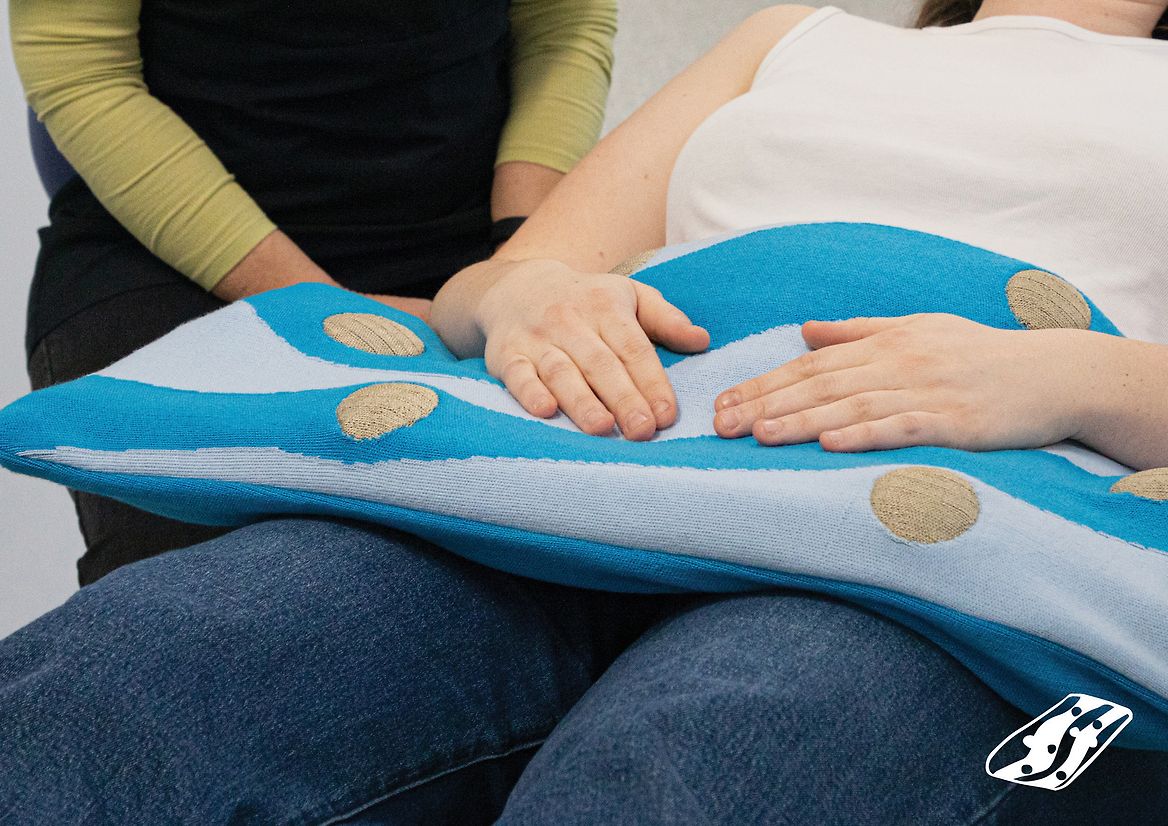
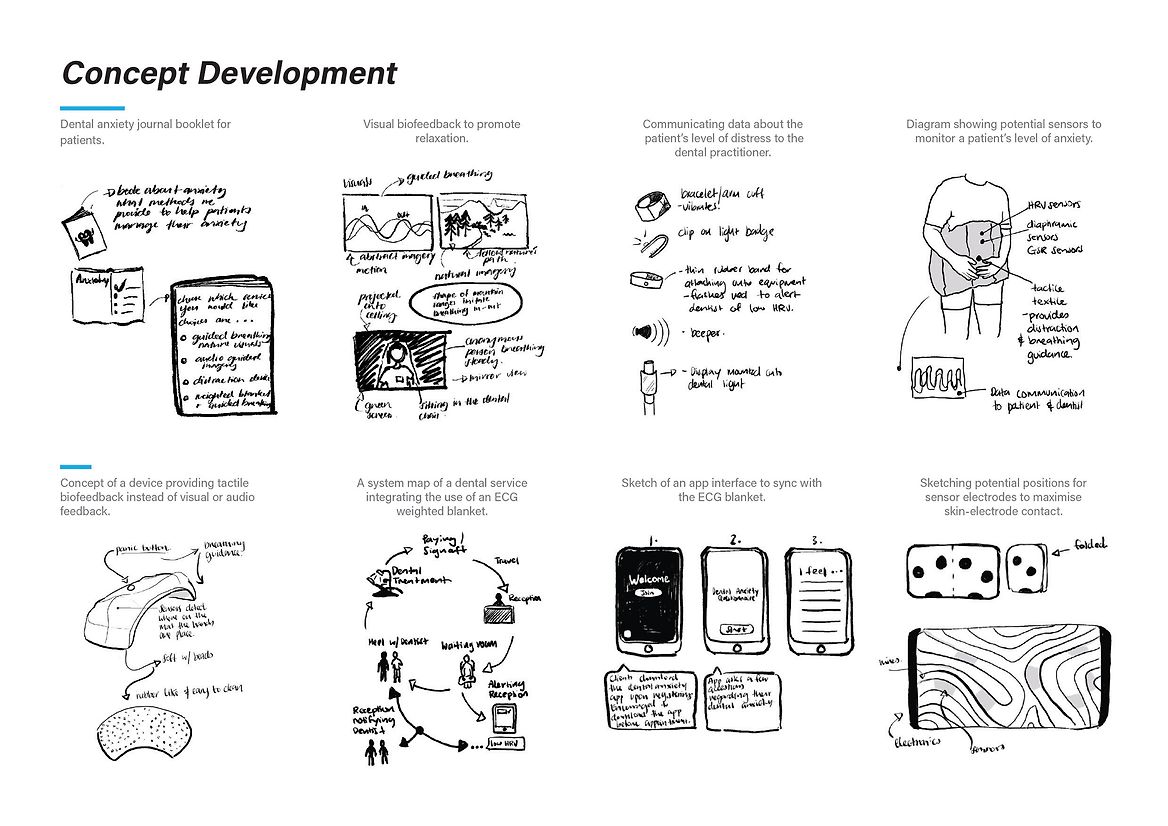
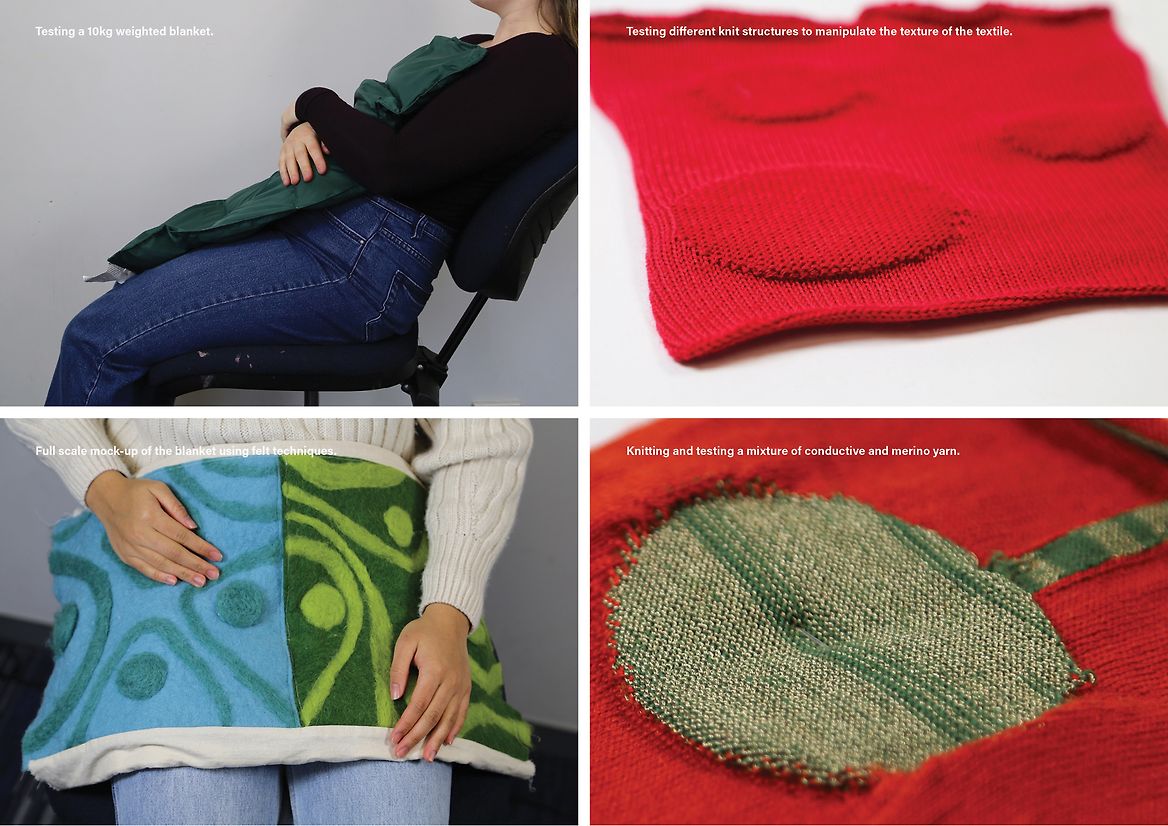
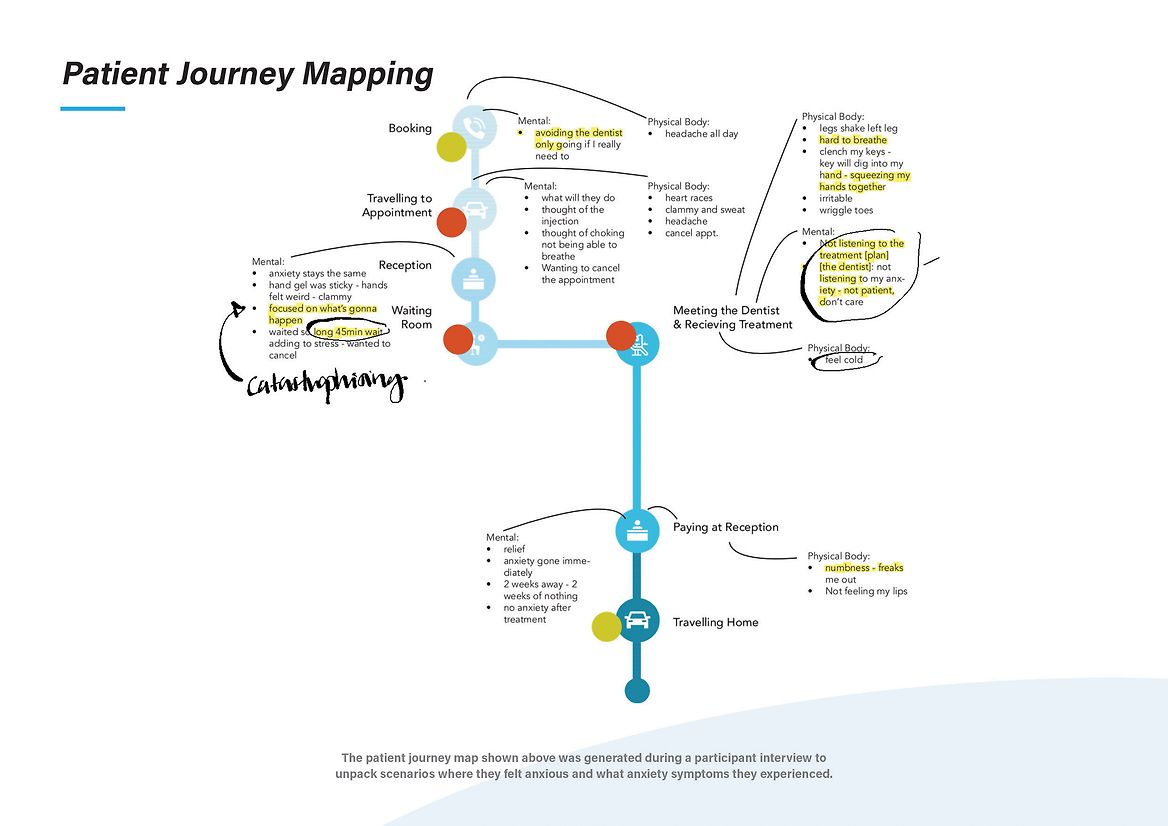
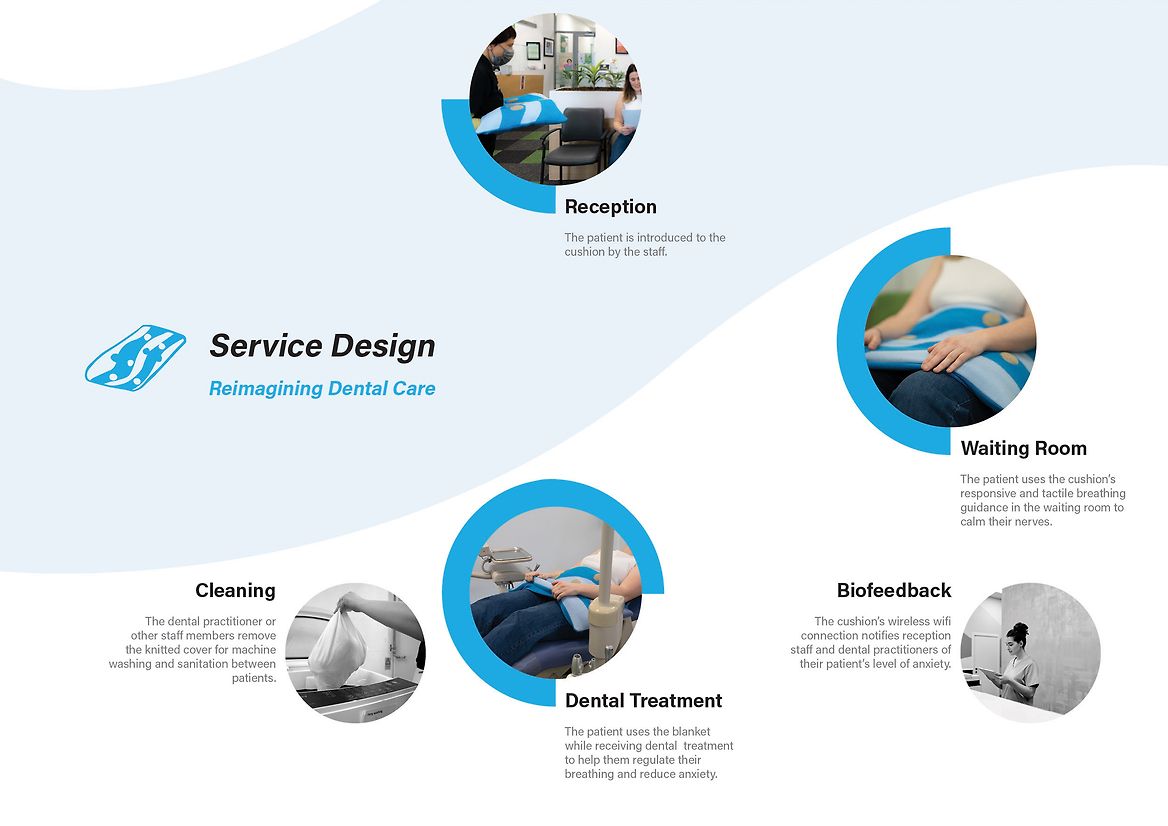
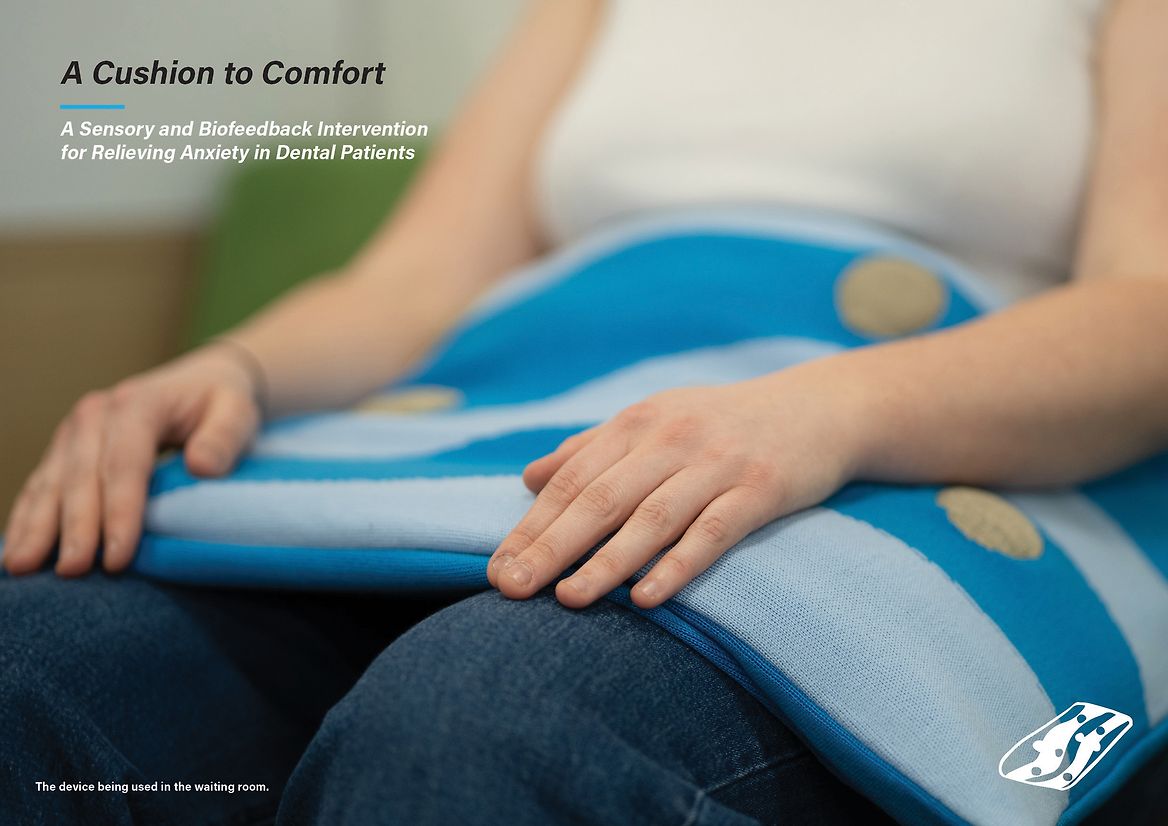
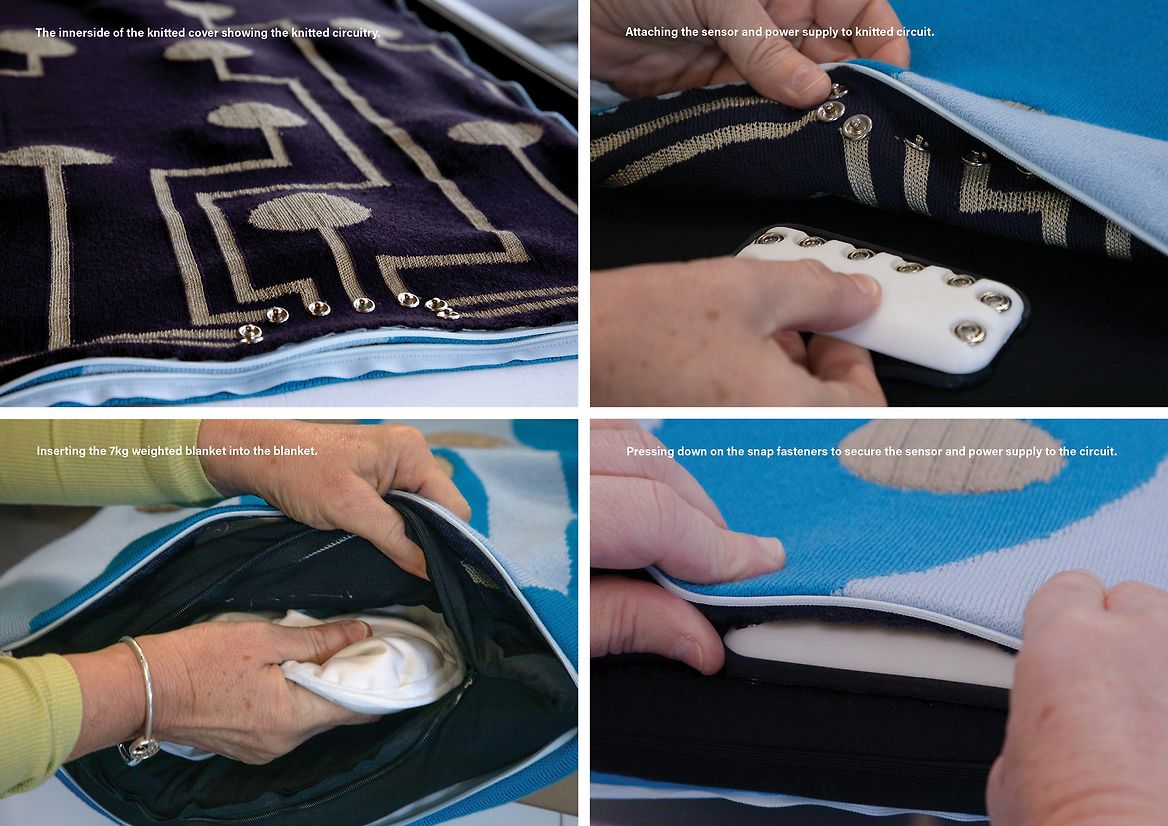
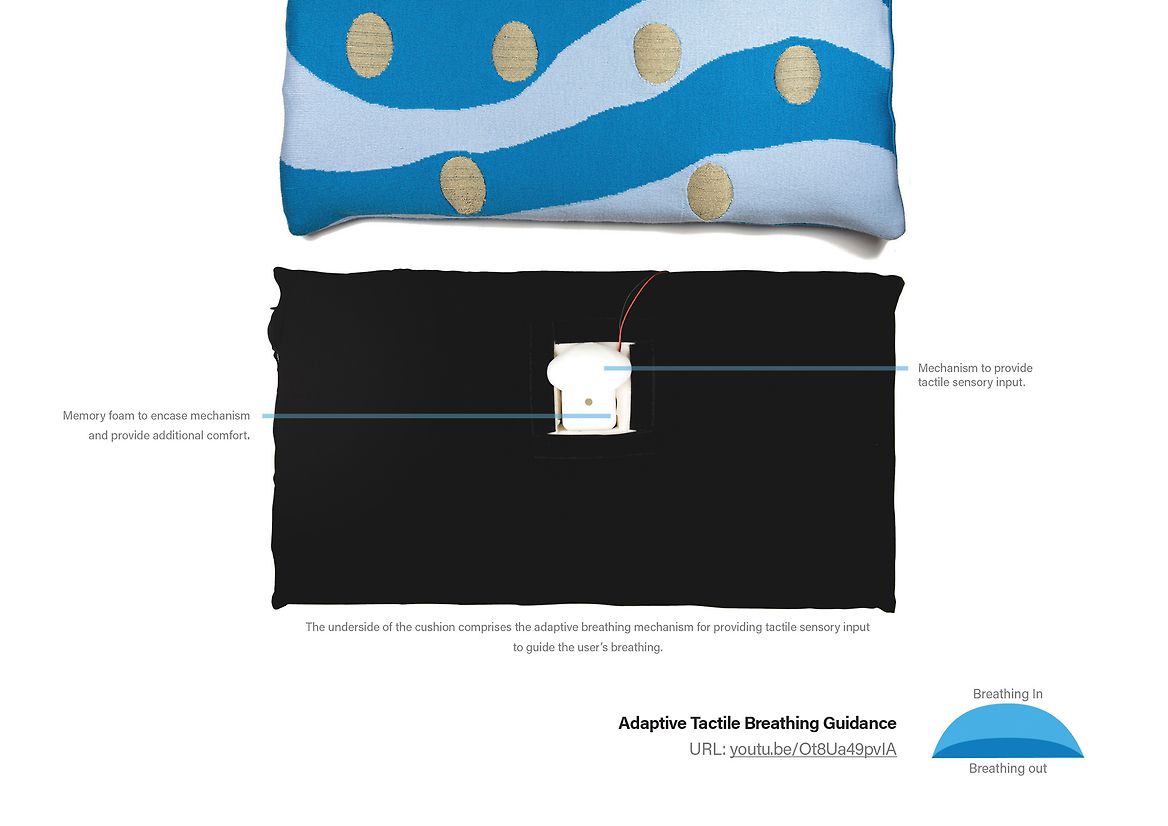
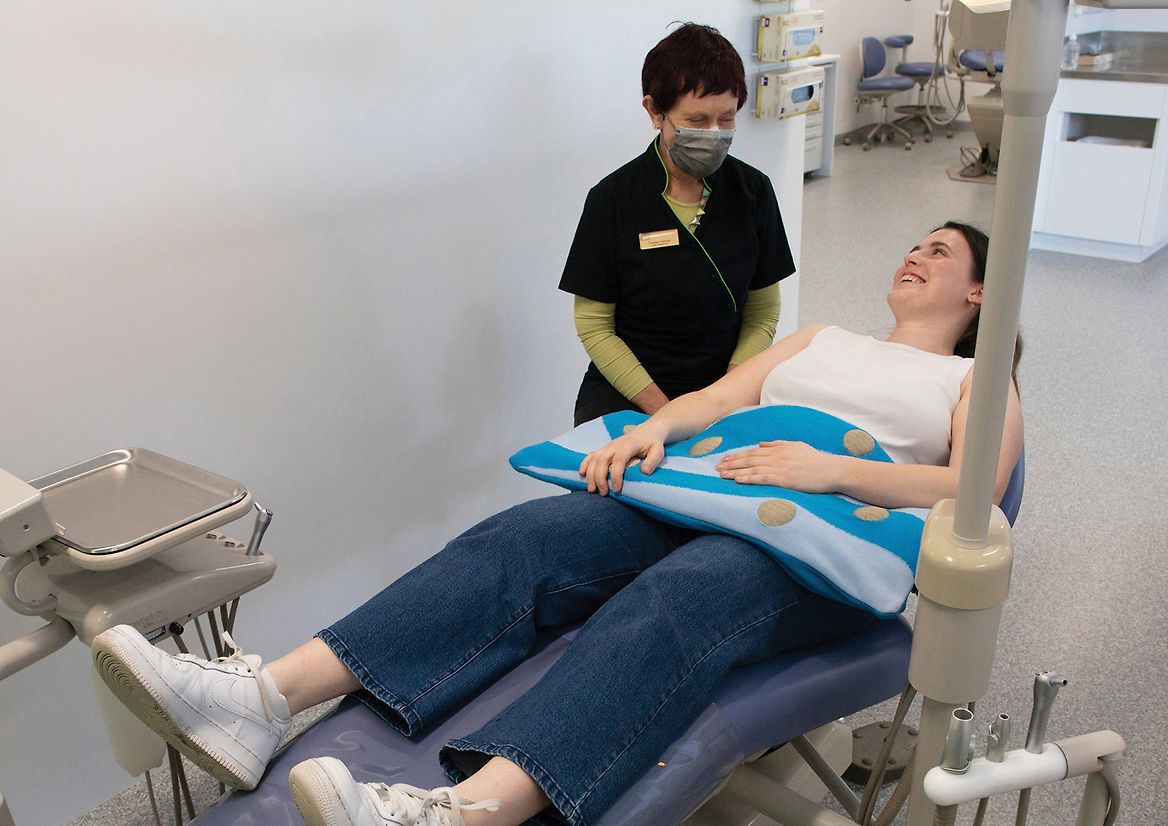
Description:
One in eight New Zealanders experiences dental anxiety, despite technological advances that have resulted in virtually painless dental treatment. "Sensors and Senses in Dentistry" used human-centred design and action research methodologies to unpack the complexities of dental anxiety and explore ways of improving patient experiences. The research explored how sensory modulation techniques and biofeedback systems could help alleviate dental anxiety in patients and contribute ways to reduce the cycle of fear, avoidance behaviours and dental problems.
Interviews with patients and dentists helped to make visible the critical causes of anxiety in patients and identify potential solutions for helping patients manage their fear and anxiety. Patients shared they had trouble breathing due to their heightened anxiety, which worsened during invasive dental procedures (when breathing became more restricted). Patients complained of feelings of drowning and associated severe panic from breathlessness. Furthermore, patients reported a need to feel listened to and be able to express their concerns to their dental practitioner without judgment. Time was identified as a barrier for practitioners to properly understand their patient's needs and identify or measure their level of dental anxiety.
The outcome of this research was a weighted therapy cushion, "A Cushion to Comfort", that combined the therapeutic approach of deep pressure touch (DPT), novel biosensing technology for monitoring anxiety levels, and responsive tactile breathing guidance to calm users. The therapy cushion aims to help alleviate anxiety and restore patients' breathing. In addition, the therapy cushion seeks to support practitioners in identifying dental anxiety in patients and provide practitioners with sufficient notice to address their patient's concerns in the waiting room before they enter clinical areas. With patients' consent, information about their physiological state would be communicated wirelessly to reception staff and dental practitioners while in use in the waiting room or dental consultation room.
The cushion utilised 3D-knitting technology to integrate electrocardiography (ECG) and textiles with a seamless, comforting look and feel. The knitted conductive fibres replace conventional sensor electrodes for monitoring biological markers of the human stress response, such as heart rate variability. The raised surface of each electrode suggests their location, so users are aware of them while receiving dental treatment when vision is limited. A series of tests confirmed that applying significant (e.g., squeezing) to minimal pressure did not affect the efficiency of the knitted electrodes.
Furthermore, the biodata gathered by the electrodes would translate into movement - a mechanism mimicking the abdomen's rise and fall when breathing. This adapts to the user's anxiety level by gradually influencing their breathing toward a breathing rate associated with rest. This adaptive breathing mechanism, stowed in the blanket and cushioned in foam, would apply pressure to the mid-abdominal region, where the diaphragm (which assists with breathing) supports deep breathing. The cushion design also includes a seven-kilogram weighted blanket to provide additional deep pressure touch, a proven method to calm the nervous system.